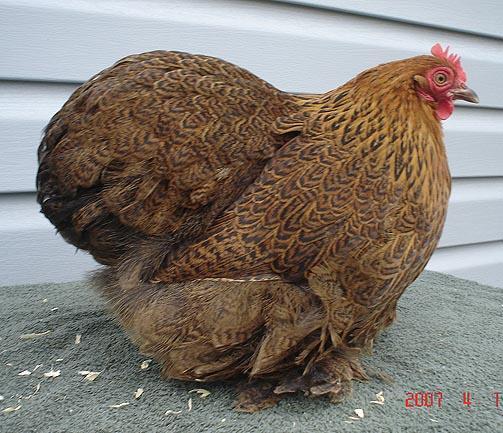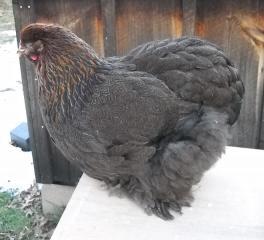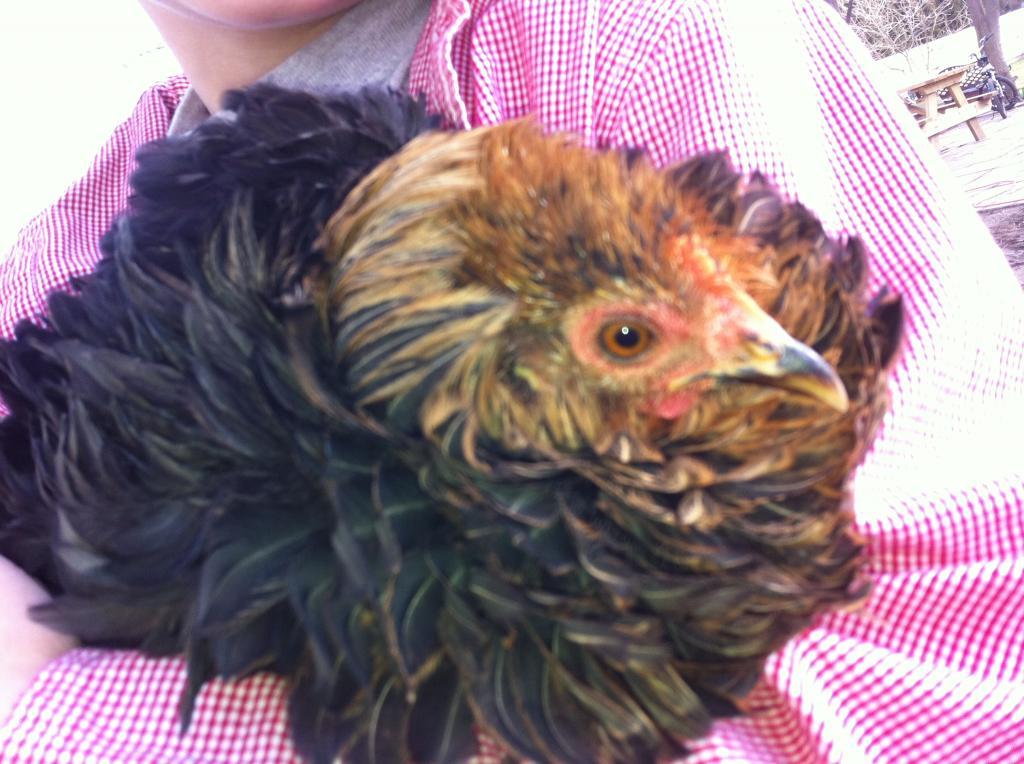I would love to see this thread become active again. I would love to learn more about the partridge color and how to select the right combination of birds for breeding. We are breeding bantam partridge cochins for my daughter's 4H project. We did have a trio, but we lost one pullet, who turned out to have a couple of DQ's anyway. We are down to a pair and have our first small batch of eggs in the incubator.
First our little rooster.

Our little pullet, Loreeta. I think she had nice penciling on most of her feathers, but I still see some feathers that look barred. Is that normal?


This is the pullet we lost. We have one chick we hatched from her last few eggs.

This is the first chick. It is lighter in color than I expected. What do any more experienced partridge breeders make of this color?

Thank you for any information and feedback.
First our little rooster.
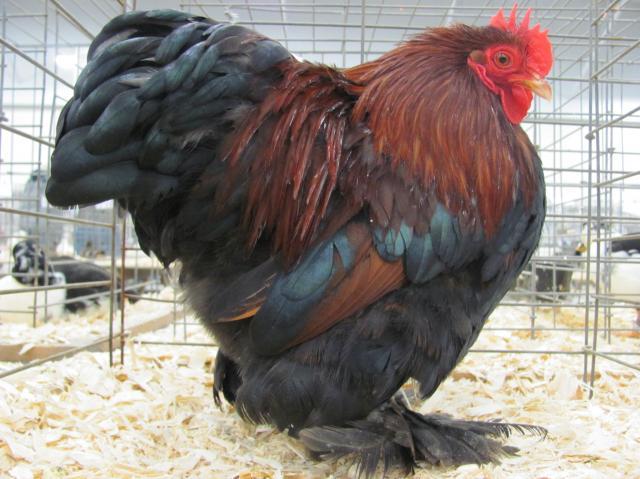
Our little pullet, Loreeta. I think she had nice penciling on most of her feathers, but I still see some feathers that look barred. Is that normal?
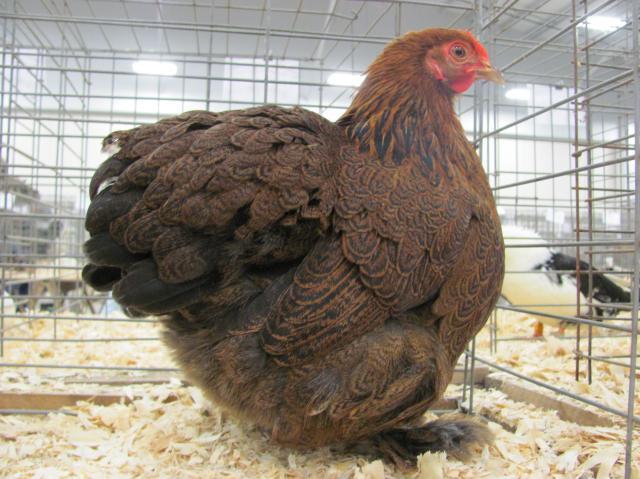
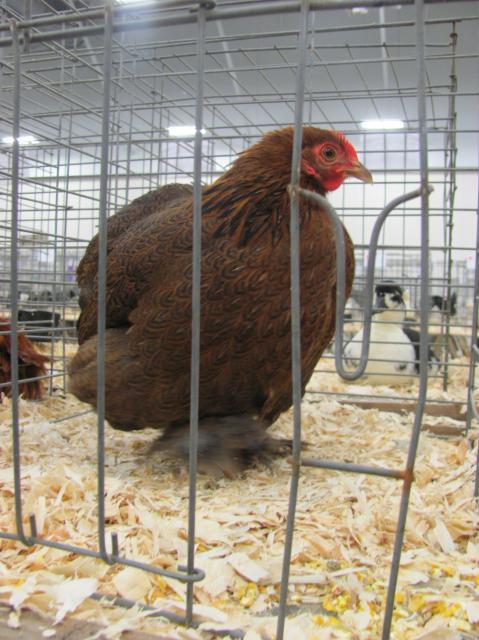
This is the pullet we lost. We have one chick we hatched from her last few eggs.
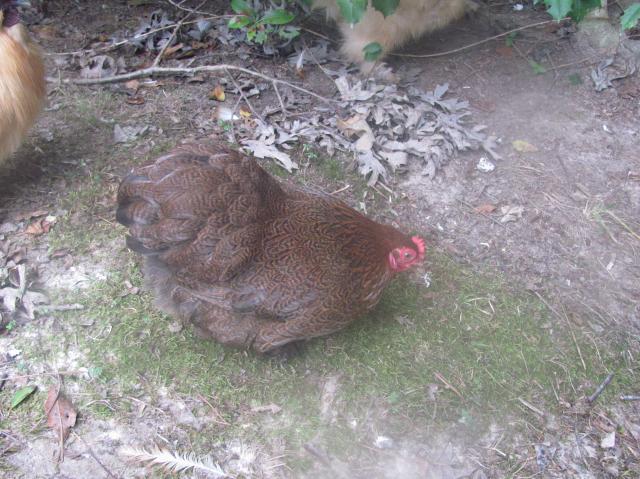
This is the first chick. It is lighter in color than I expected. What do any more experienced partridge breeders make of this color?
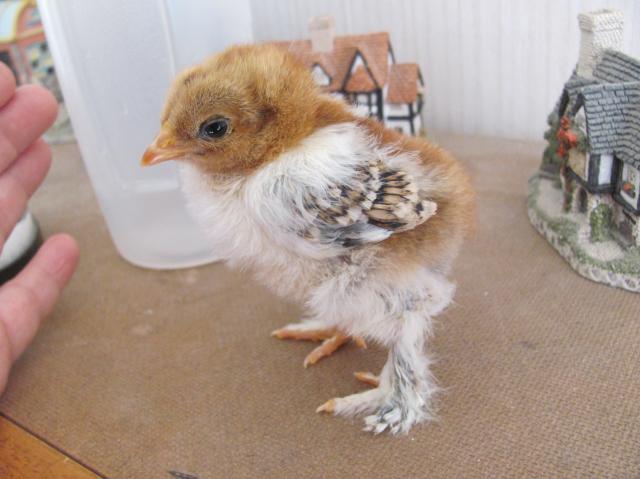
Thank you for any information and feedback.


